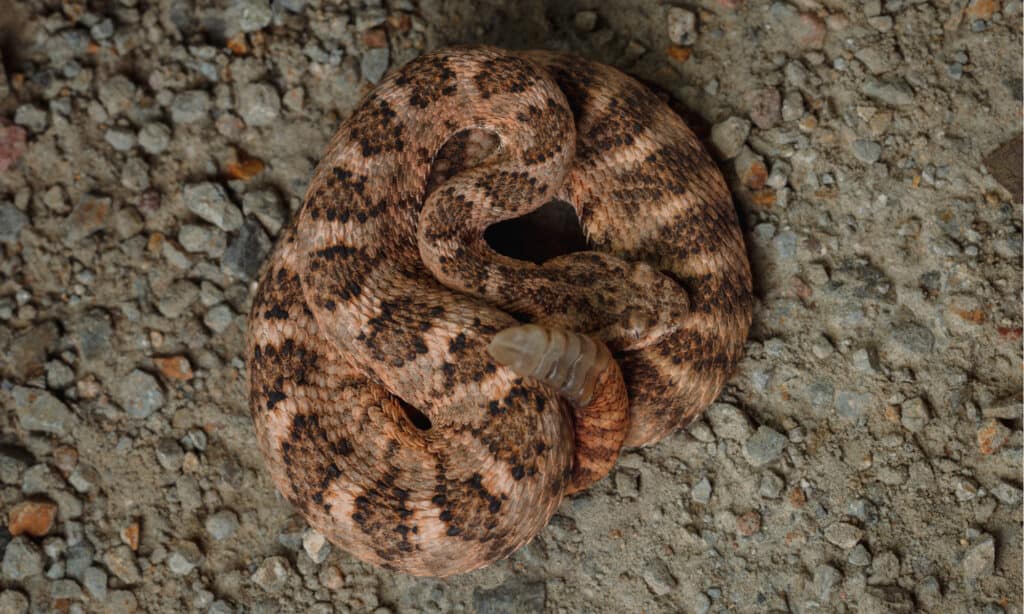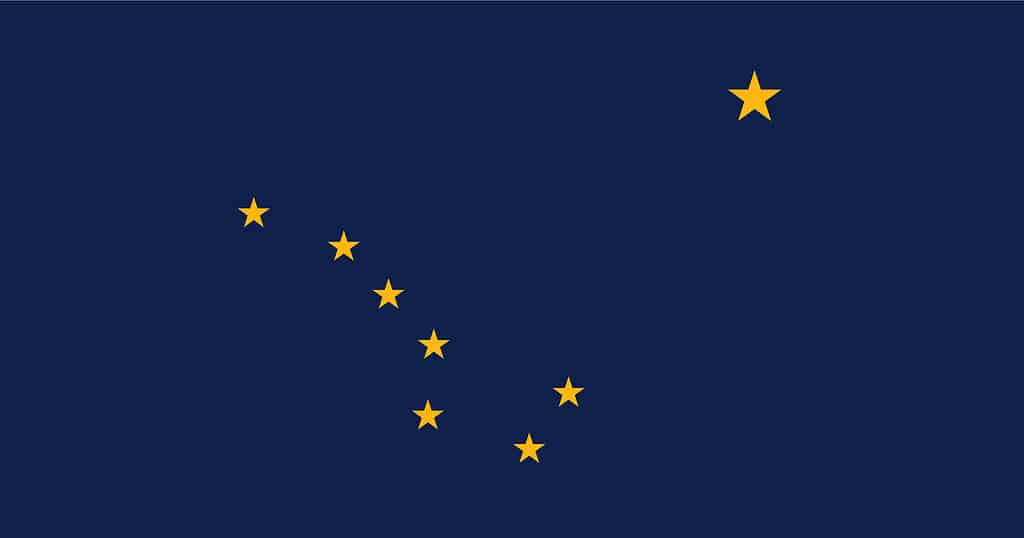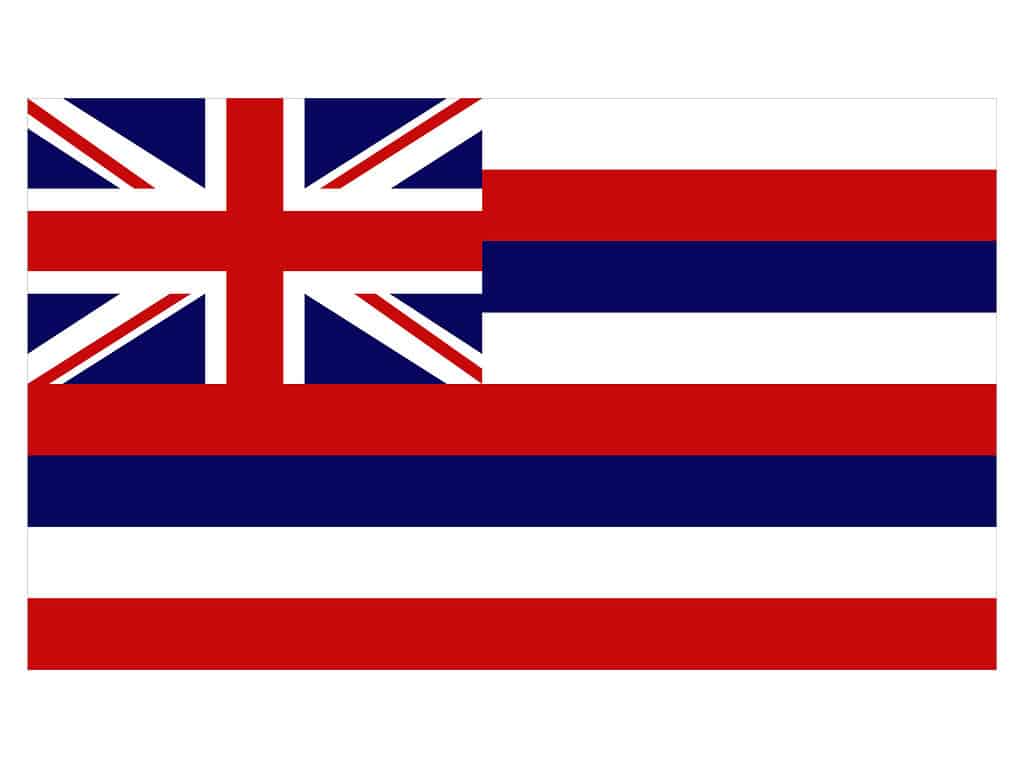Many people are scared of snakes, whereas others keep them as pets. The rattlesnake, however, is one reptile that should never be kept in a home. These snakes can be seen all year in the United States, but they are most active in the spring and summer. Consequently, their bites are more common during these months.
However, the good news is that these snakes are not present in all US states.

In this article, we’ll first give a background on the rattlesnake, its habitat, behavior, diet, and what to do in case of a bite. Let’s begin!
Rattlesnakes: Description

Rattlesnakes are advanced venomous reptiles with triangular heads and large bodies.
©Rodolfo Ayala Plata/Shutterstock.com
Rattlesnakes are advanced venomous reptiles with triangular heads and large bodies. Thanks to the distinctive rattle at the tip of their tails, they are one of the most famous groups of snakes in North America. The rattle comprises several interconnecting scales, which increase every time the snake molts. The scales click together as muscle contractions occur, producing a rattling sound.
Adults typically measure about 1.6 to 6.6 feet, but some can be as long as 8.2 feet. Most rattlesnakes have light brown or grey backgrounds with dark spots of hexagons, rhombuses, or diamonds. Others come in shades of red, green, orange, or pink.
Rattlesnakes: Habitat
Rattlesnakes can be found almost anywhere in the United States, although they’re particularly prevalent in the Southwest. They are also present in Mexico, South America, and Central America.
They can be found in practically any sort of habitat that can support terrestrial ectothermic vertebrates. However, certain species have highly specialized ecological needs and require specific plant associations at specified altitudes. Most species like to live in open, rocky environments that protect them from predators and provide ample prey (such as insects, rats, lizards, and other animals that live among the rocks) and open sunning grounds. They can also be found in swamps, forests, scrub brush, grasslands, and deserts, and they can also swim.
Like other reptiles, they can’t stand excessive heat or cold and enjoy temperatures of between 80 and 90 °F. These snakes hide underground in tunnels or under rocks in the heat of the day. Ahead of the winter, they hibernate in the fall, clustering in rock slides or fissures in dens that can hold hundreds of individuals from several species. Males mate with females when they emerge in the spring and move from the shelter to spend the summer in the nearby countryside. They all come back to the same den in the autumn.
Rattlesnakes: Behavior

When a rattlesnake decides to defend its territory, it assumes a defensive posture and shakes its rattle to scare away attackers.
©iStock.com/DaveGartland
Distinct species of rattlesnakes have evolved different defense mechanisms when they detect danger. Some have developed camouflage coloring to blend in with their environment, while others have mastered the art of a quiet getaway. When a rattlesnake decides to defend its territory, it assumes a defensive posture and shakes its rattle to scare away attackers. The snake may immediately strike if startled, although it can only attack from a coiled position. Rattlesnakes do not hunt out humans, and most persons who get bitten have stumbled across a rattlesnake or tried to handle one.
Rattlesnakes: Diet
Rattlesnakes eat rodents primarily, but they also consume insects and other reptiles. Because rattlesnakes are pit vipers, they have heat-detecting mechanisms in pits near their eyes. These pits enable them to see the prey’s heat signature. They wait for a tiny animal to approach, then attack it with their deadly fangs. Because their prey is warmer than the surrounding environment, these snakes can strike precisely, even in total darkness.
Because it has modified Jacobson’s organs that give it an enhanced sense of smell to identify prey, the rattlesnake knows when to keep a low profile. Many people believe snakes smell with their tongues since these organs are placed on the roof of their mouths. The snakes, however, use their tongues to gather scent particles and put them on Jacobson’s organs. A rattlesnake’s meal lasts longer than a human’s, as an adult rattlesnake needs to eat about once every two weeks.
Rattlesnakes: Bite
Rattlesnakes are not violent and will not attack human beings if they are not threatened; they are shy creatures. They are, however, poisonous and can be hazardous if disturbed or mishandled. A rattlesnake bite is no longer the life-threatening hazard it once was, thanks to better treatment procedures and the rejection of traditional treatments (many of which posed more risk than an advantage to the victim). Medical attention should always be given after any attack.
The bite is excruciatingly painful, and a bite from a snake longer than 3.3 feet can be lethal. Shock and death are possible outcomes of an allergic response. Even with dry bites, in which no venom is released, the snake should be killed and brought in for identification. Because so many individuals react badly to the horse serum used in antivenin manufacturing, a person with a dry bite should not be treated with it.
Rattlesnakes: Avoiding Bites

Rattlesnakes avoid wide-open regions where they can’t hide from predators.
©Alexander Wong/Shutterstock.com
Males make up most of the casualties (about 72%), and nearly half of the snake bites happen when the victim notices the snake but does nothing to avoid it. Rattlesnakes avoid wide-open regions where they can’t hide from predators and generally try to avoid humans if they’re aware of their presence. They only bite when provoked or threatened.
Pestering or assaulting a rattlesnake, an act prohibited by law in certain states, puts you in significantly greater danger of being bitten. Rattlesnakes try to stay away from humans, other predators, and huge herbivores, all of which can be deadly. Dogs, frequently far more aggressive than people, are significantly more likely to be bitten by a rattlesnake and die due to the bite.
It is important to exercise caution even when the snake seems to be dead. This is because the heads of rattlesnakes can still feel, flick their tongues, and execute deadly strikes instinctively after being detached from the body for up to one hour.
The US States That Have No Rattlesnakes
If you’re scared of snakes and don’t want to be anywhere near a rattlesnake, there is only a small list of states you can reside in the United States. Only four of the 50 states in America are completely free from rattlesnakes. They include:
1. Alaska
There are no snakes in Alaska, whether poisonous or non-poisonous.

The flag of Alaska with the Big Dipper, symbolizing the strength of the Great Bear, and the North Star.
©iStock.com/Kamlesh Suthar
2. Hawaii
Hawaii is another state that’s free from rattlesnakes. Although there are no known venomous snakes in the state, there have been reports of venomous sea snakes showing up on Hawaiian shores, most likely due to storms.

Flag of the state of Hawaii with the British Union Jack in the corner.
©iStock.com/Milos Subasic
3. Maine
Maine does not have any deadly snakes. The timber rattlesnake was once common but is now extinct in the state.

The flag of Maine features Maine’s coat of arms on a blue field.
©iStock.com/Anastasiia_M
4. Rhode Island
Rhode Island is the last state on the list. Like the other states, there are no rattlesnakes or other venomous snakes here.

The flag of Rhode Island and Providence Plantations has 13 stars for the original colonies.
©iStock.com/ronniechua
Summary of Rattlesnake Facts:
| Description | Habitat | Behavior | Diet | Bite |
|---|---|---|---|---|
| Triangular heads and large bodies with a distinctive rattle at the tip of the tail. | Practically any sort of habitat that can support terrestrial ectothermic vertebrates. | Aggressive only when threatened, then shakes its rattle to scare away attackers; can attack only from a coiled position. | Rodents, insects, and other reptiles. | Poisonous and excruciatingly painful, but can be treated. |
The photo featured at the top of this post is © Tom Reichner/Shutterstock.com
Thank you for reading! Have some feedback for us? Contact the AZ Animals editorial team.






